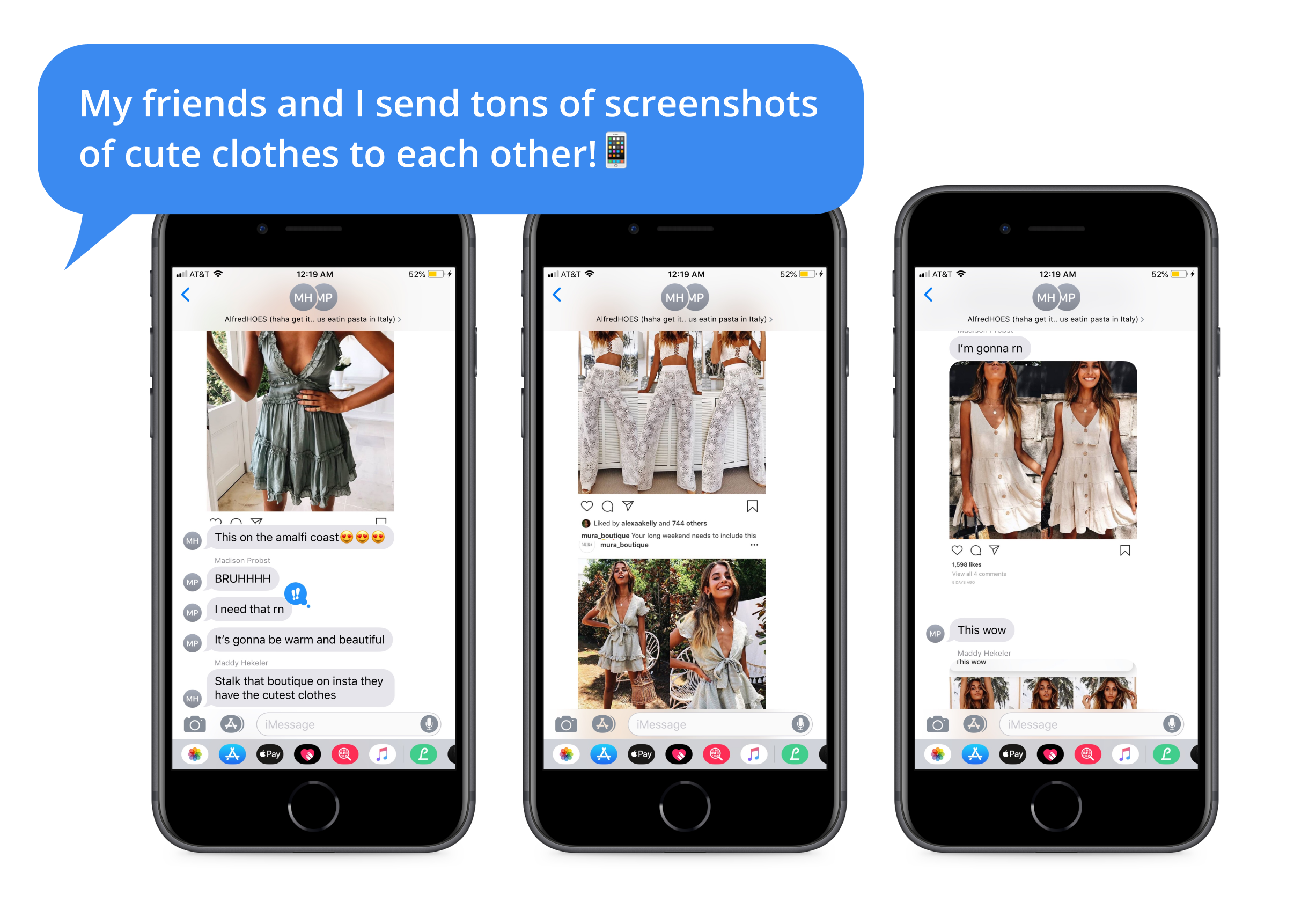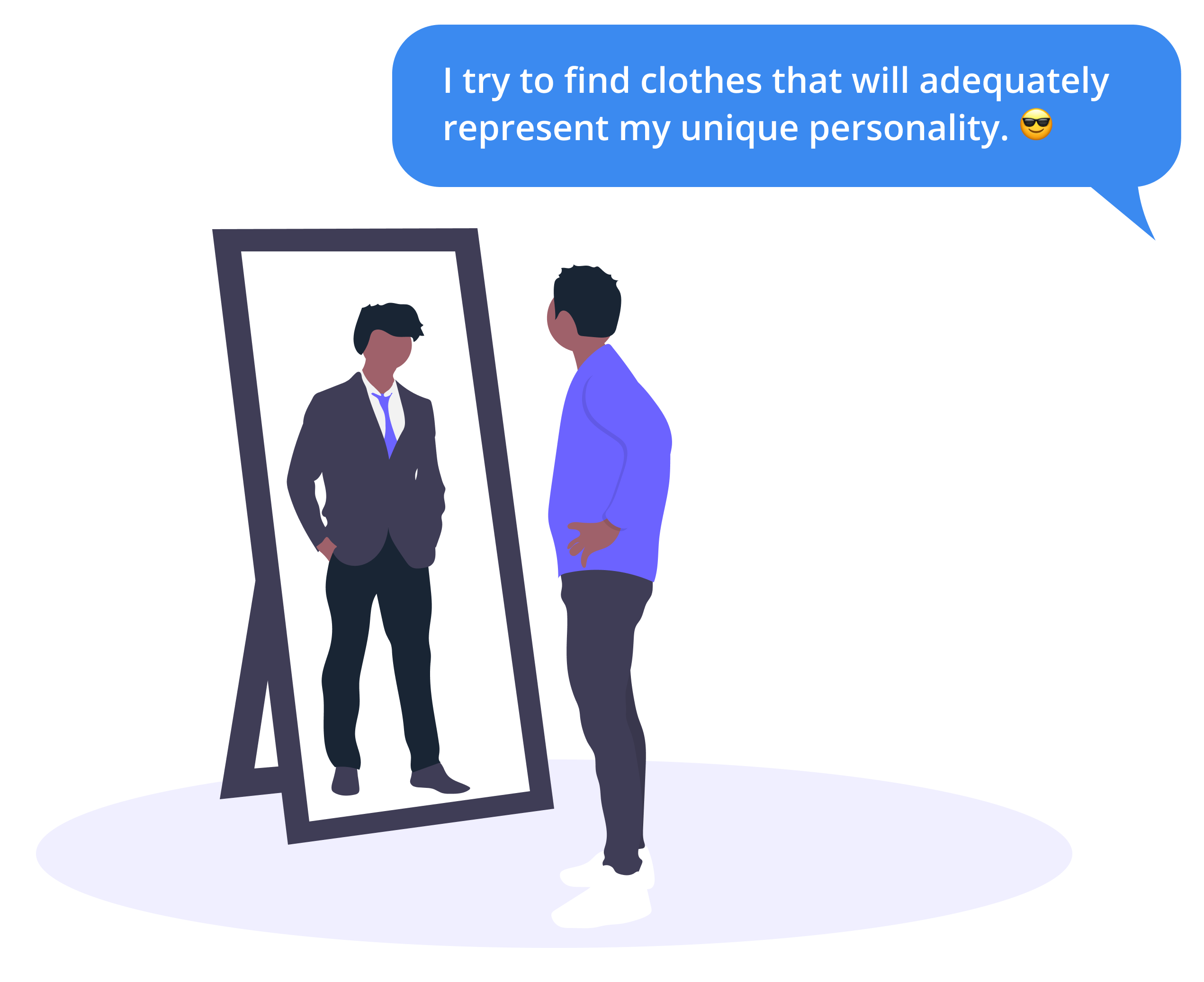
Generative Research
Our generative research phase was extensive, gleaning data points from 250+ shoppers. We sought to better understand omni-channel retail and teenage shopping behaviors, and reveal areas of opportunity through 12+ research methods.














